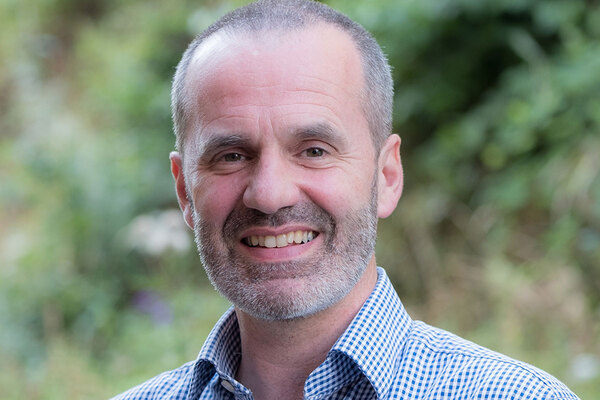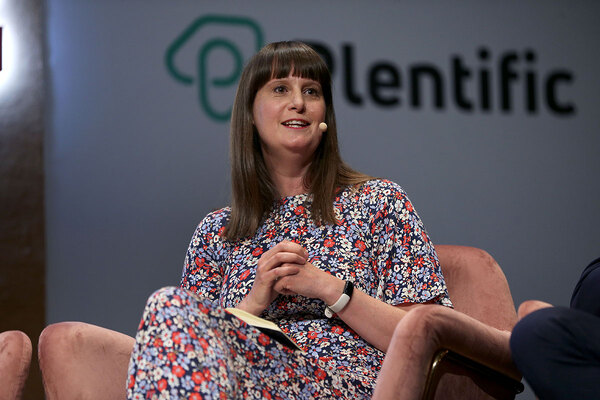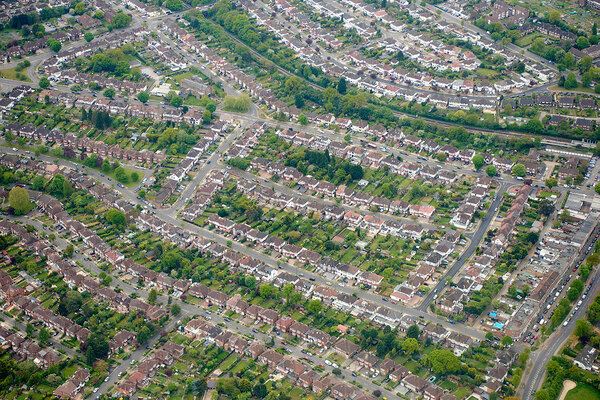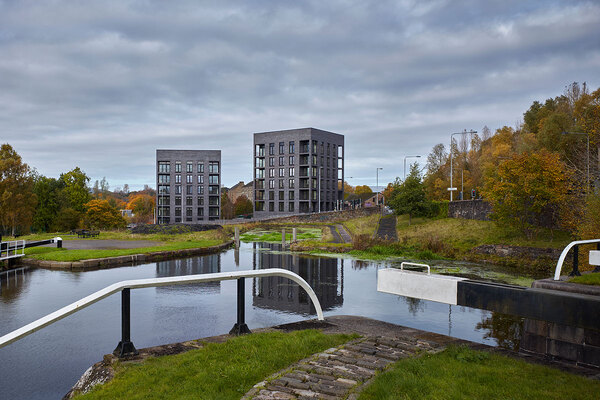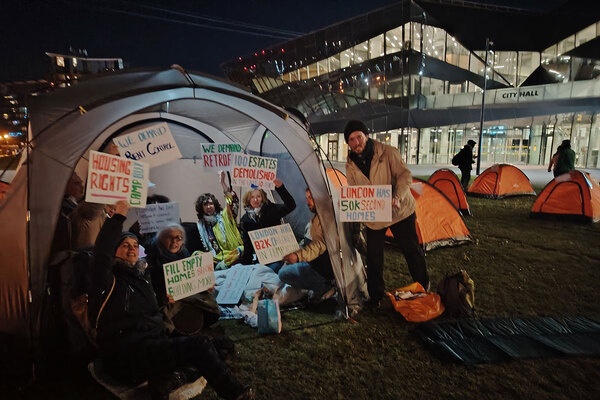
Why are residents a long way from the centre of decision-making when it comes to delivering zero carbon homes?
Residents must be in the driving seat when it comes to delivering sustainable homes, writes Jonathan Higgs
As a sector, our instinct has always been to put residents at the centre of what we do.
We might not have delivered this in every case, but lest we forget we will find helpful reminders of its importance in everything from the white paper to the Housing Ombudsman’s latest report. I’m sold – it’s a great idea.
So why are we seemingly so comfortable going along with the policy for improving the carbon performance of our homes that feels like our residents are a long way from the centre of our decision-making?
Most people will agree that you don’t install ‘clean heat’ solutions like heat pumps before first improving the thermal performance of residents’ homes. To do so would condemn residents to high-cost electricity bills. Again, I’m sold.
Where I start to struggle is the emergence of a policy that is based not just on getting the sequence right, but on having two entirely separate projects – fabric improvement and clean-heat installation – potentially separated by years. Both potentially pose massive disruption in our residents’ homes and lives, not to mention inefficiency in procurement and project management for our organisations.
And this policy is here already, in the first wave of the Social Housing Decarbonisation Fund, which will fund fabric improvements but avoid funding clean-heat installation. Understandably, housing associations chasing grant funding to help offset scarily high estimates of getting to net-zero carbon (NZC) will maximise grant by playing the fabric-first game, but if we truly had residents at the centre of our decision-making, would we do this?
When Placeshapers and TPAS asked residents from 30 housing associations across the country about their priorities for the NZC journey, they spoke about the importance, to them, of a comprehensive approach delivering a whole-house retrofit, not piecemeal solutions. They spoke about how this can deliver benefits to residents much quicker, leading to more positive testimonials from satisfied customers, helping make faster progress to our goal of NZC more likely.
And frankly, we don’t need a focus group to tell us what we know already – retrofitting (fabric or heating) will invariably cause huge disruption in our residents’ lives and homes and it’s better for residents that this disruption happens once, rather than twice.
I acknowledge government concerns about the energy infrastructure’s ability to cope with increased electricity demand that will flow from clean-heat installations, but this is a reason for accelerating improvement in that infrastructure, not a reason for kicking the clean-heat can down the road. Getting moving on clean heat now will help build that supply chain, and help support the innovation and economies of scale that are needed.
Raven Housing Trust’s bid to the SHDF will be for retrofit of fabric and heating at the same time. We accept that this will make life harder for us as we scrabble around other grant pots to find funding for the clean-heat elements, albeit at a relatively lower grant level. With our limited resources we debated whether this was the right thing to do. Putting residents first, we think it is. We also know from our experience that even this won’t be an easy sell to our residents.
As we work with the government to help shape the delivery of NZC across our sector, it’s vital that our resident priorities are heard at the policy as well as the delivery stage. This week, policymakers will have done well to join TPAS and Placeshapers at their net zero week (11- 15 October) (www.tpas.org.uk/net-zero-week) and listen to what residents really have to say, as well as seeing other examples of a resident-first approach to NZC.
Sign up for our daily newsletter
Already have an account? Click here to manage your newsletters
Sign up to Inside Housing’s Communications Conference
Holistic public relations strategies for socially empowered communities
Inside Housing’s Communications Conference (1 December, Fenchurch Street, London) is designed specifically for communications professionals working in or alongside the housing sector.
This essential one-day conference covers a wide range of themes – from effective storytelling, managing stakeholder relationships, integrated campaigns and embracing digitalisation, plus crisis communications and reputation management.
It is your chance to access transformative ideas, network with professionals across the sector and gain immediate inspiration for your communication campaigns.



